What Is a “Regenerative Cow”?
Developing a herd of “regenerative cows” will give you efficiency and help you be profitable while leaving the land better than you found it.
A few months back, the question was asked, “What is a regenerative cow?”
Initially, this question caused some contemplation; but after a brief period of reflection, I realized that “regenerative” reflects more upon the management of the ranch and the animals thereof than on any specific type of animal. A “regenerative cow” is a cow that can successfully perform within a regenerative ranching operation, one which follows the six soil health principles.
Just what that cow looks like will vary. The type of cow that performs well at a regenerative ranch in one location may not perform well at another location. It is also likely that different types of cows can perform equally well within the same locale under different regeneratively managed operations. It is all about the cow fitting the context of any given regenerative ranch.
So, while “regenerative” cow may be a bit of a misnomer, we can develop a list of desirable attributes of a cow under regenerative management – and for the sake of discussion, we will call this bovine a “regenerative cow.”
We can start with what a “regenerative cow” is not. A “regenerative cow” is not extreme in one or multiple traits, because that would make it difficult to optimize her productivity in most any production system. She is moderate or optimal in most traits and helps increase profit on a per-acre basis rather than on a per-head basis.
Six Key Attributes of a “Regenerative Cow”
The following are some of the key attributes of a “regenerative cow”:
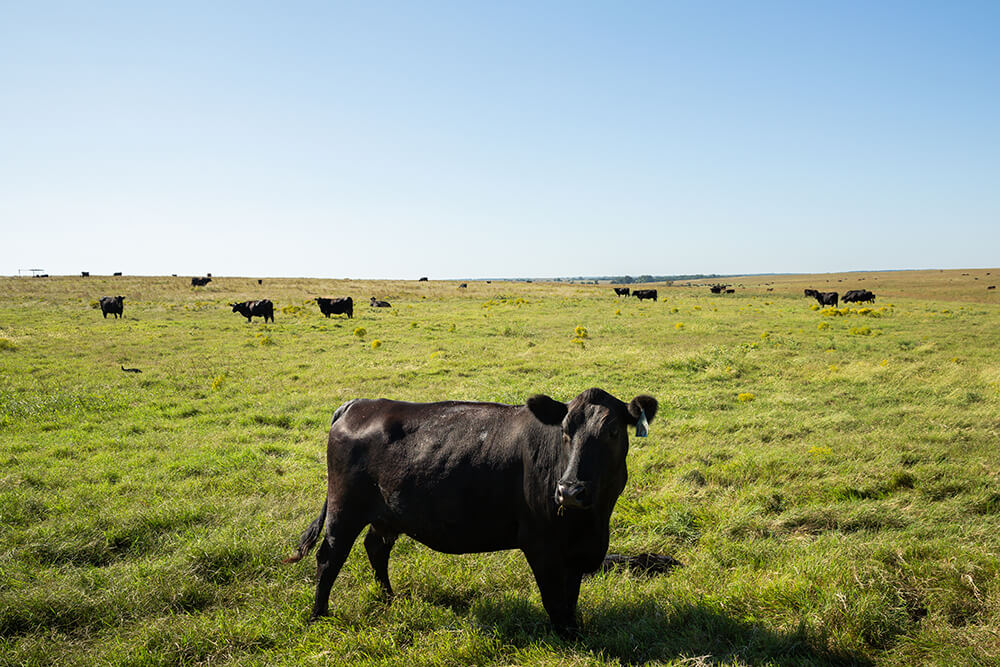
1. She fits her environment.
There is a saying in the industry that the cow must work 365 days a year while the bull only works for 90 days or less. The cow never gets a day off. She is either gestating or lactating or has recently weaned a calf and is still gestating. If she does not fit the environment, whether natural or management-induced, she either will cost the rancher more to maintain body condition or will not rebreed and thus fall out of the system sooner than expected.
Use cows that are environmentally adapted to your area. For example, Brahman-influenced breeds typically thrive in warmer, tropical environments, while black-hided cattle breeds may have a more difficult time being successful in the same environment due to heat stress.

Maternal vs. terminal characteristics
The cow must balance both maternal and terminal characteristics to be successful on the ranch and to produce a quality calf that will have a greater potential for profitability. Moderation of the terminal traits in the cow will most likely create a cow that will be more productive for the long term. Remember that the performance traits of weaning and yearling weight are directly correlated to cow frame size and weight. In most cases, it is not beneficial to have a heavy, large-framed cow.
There are seven primary maternal characteristics:
- Phenotype (including frame size and weight)
- Docility
- Calving ease
- Moderate milking ability
- Mothering ability
- Stayability
- Forage/feed efficiency
There are six terminal characteristics:
- Calf weaning weight
- Yearling weight
- Carcass weight
- Marbling
- Back fat
- Yield grade
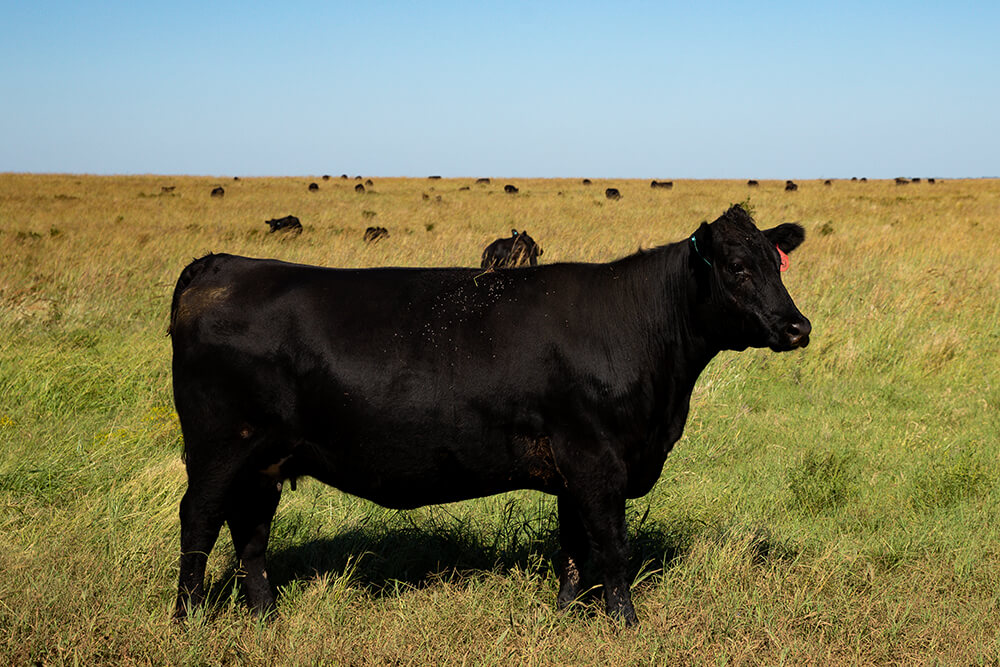
2. She is moderate in size.
It is typically accepted that, in general, a larger-framed and -weight cow will require more nutrients to maintain body condition score. However, this assumption is not always true, as there is some preliminary data that indicates a heavy, large-framed cow can only consume as much forage as a smaller-framed cow and vice versa. The larger-framed cows that consume the same amount of forage as a much smaller cow would be more efficient than a small-framed cow that consumed the expected amount of forage. Cows with a frame score of 4 to 6 (1,100 to 1,200 pounds) are considered most desirable. Many producers assume a moderate-framed cow to be more efficient.
Additionally, if you recognize that every producer has the same constraint — the amount of forage that can be produced on the ranch — then the universal limiting factor for carrying capacity is pounds of forage produced. Based on cow size, a moderate-framed cow should eat less forage daily than a large-framed cow. With efficiency of the two cow sizes being equal relative to their respective sizes, you can stock more moderate-framed cows on the same number of acres. This will lead to weaning more total pounds of calves per acre.
Caution should be used not to go to the opposite extreme of having a cow that is so small that dystocia (difficult labor) becomes a large factor or that her calves will not meet industry carcass-size expectations (exception being cattle raised to fit a specific niche or unique market). Remember, if marketing through traditional channels, extremes are not the answer, and moderation and optimization are the keys to cow selection.

3. She is efficient.
For a cow to be considered efficient, she should be efficient in the areas of forage intake, production, and reproduction longevity. A cross-bred cow that is moderate-framed and possesses an average milking ability is not automatically efficient. However, these traits are some of the best, easily identifiable phenotypic indicators we currently have.
The following three qualities of a “regenerative cow” relate to her efficiency:
A cow should generate more pounds of weaned calf per unit of forage/feed intake.
There are two components to generating the most pounds per unit of feed intake:
- Forage intake efficiency is the ability for the cow to eat the predicted amount of forage and supplemental feed or less on an annual basis. A smaller framed/weight cow will usually consume less forage than a larger cow.
- Production efficiency is the ability for the calf to grow rapidly while nursing the cow. A cow that can wean off a calf that is 55% of her body weight is more efficient than a cow that weans a calf that weighs in at 45% of her body weight.
If we assume that a moderate-framed, average-milking cow has the potential to be feed-efficient by eating the predicted amount of forage or less, then having a calf that is sired from a bull of an unrelated breed (unrelated to the cow) that excels in growth traits will help increase the number of pounds of weaned calf per exposed female, thereby increasing her production and forage efficiency.
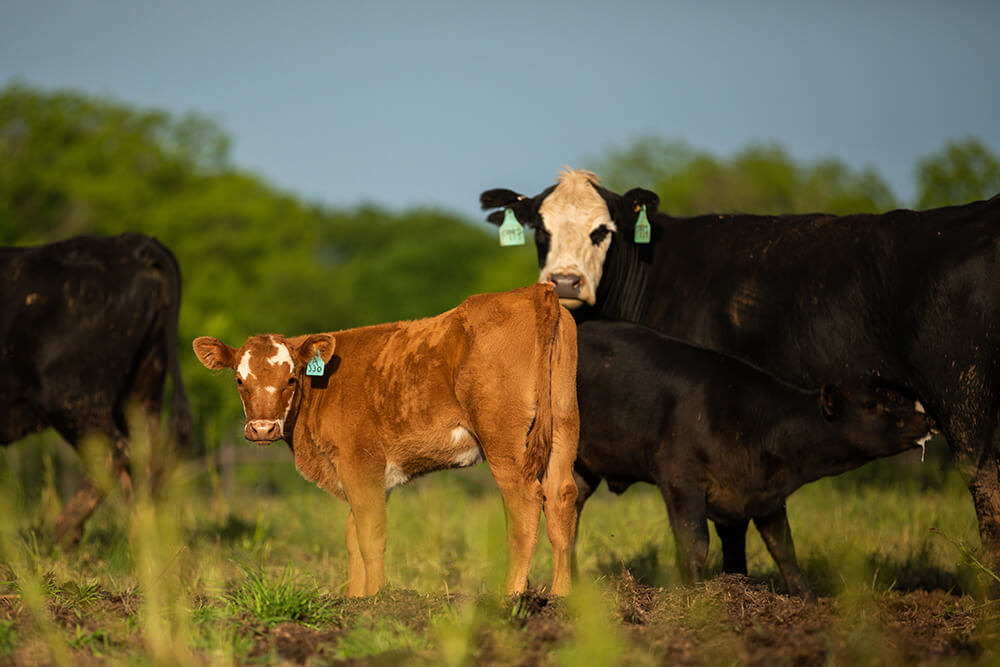
The cow rebreeds annually.
Cows that do not get bred every year in a defined calving season are freeloaders and are costing you money! This cow is not reproductively efficient.
The gestation length of a beef cow is 283 days, leaving 82 days for the cow to undergo uterine involution (healing and shrinking of the uterus after calving) and prepare to host the next pregnancy. By default, a cow that doesn’t get rebred until the last day of a 90-day calving season will more than likely fall out of the program the next year. It is simple math: 283 + 90 = 373 days, which is longer than a year.

She stays in the herd longer than expected.
You should treat your cows as an employee. In town, an employee who doesn’t show up for work or consistently underperforms will be fired and replaced with a different employee. A nonproductive cow should be culled. However, this reduces the average longevity or “cow stay-ability” of the cow herd. High turnover in the cow herd has a cost, since the operator must either buy or develop more replacements annually. If the operation develops its own replacements from birth, then stocking rate allowances must be made to account for the grazing pressure that these so-far nonproductive females will have on the forage availability. Additionally, there are tax considerations of the home-raised female that should be taken into account.
The expectation is that the average cow will stay in the herd until 10 years of age. This seldom happens. However, if her reproductive lifespan is increased by two or three years, then she has increased her productivity by 25% to 38% (2 additional calves ÷ 8 expected calves = 25% increase). This can have a large impact on the annual cost for the ranch.
4. She may be crossbred to utilize heterosis.
Although not a requirement, a crossbred cow has advantages over straight-bred cows for the commercial producer. Over the past 40 to 50 years, intentional crossbreeding programs have become marginalized and much less frequent. Meanwhile, commercial, relatively straight-bred, black-hided cattle have become more popular. While this has dramatically helped to increase consistency and quality of the beef product we deliver to the consumer, the cattle industry has lost some efficiencies that come with heterosis, or hybrid vigor, from crossbreeding.
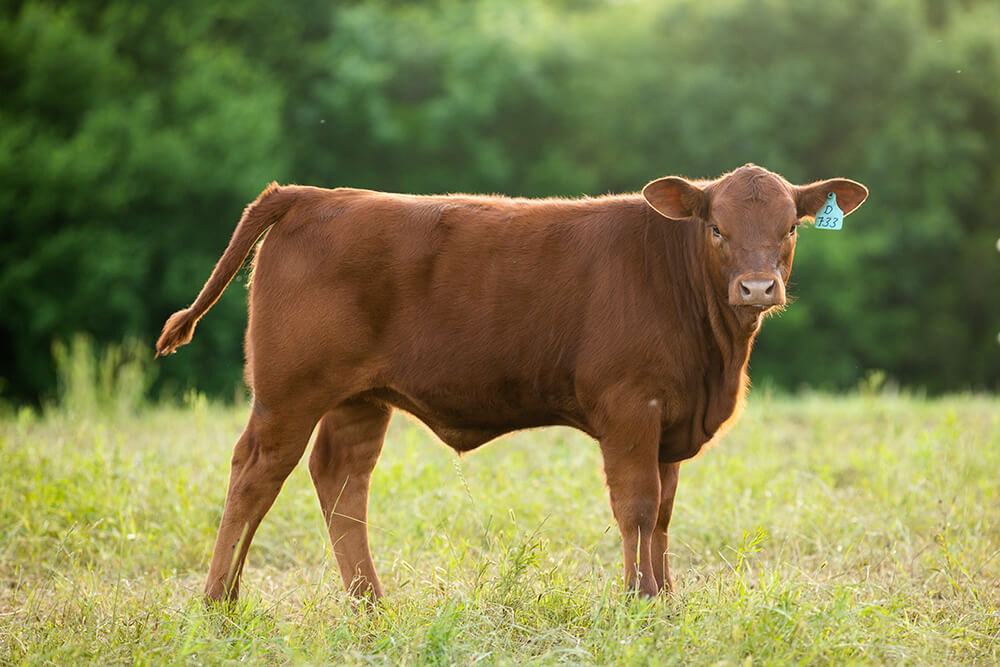
Intentional crossbreeding
A breeding program must be intentional, with some prior planning into what will come from crossing two or more breeds together. Simply putting two different breeds of cattle together will not optimize heterosis and may not achieve the desired outcome. The breeds should be complementary and build off the strengths of each other.
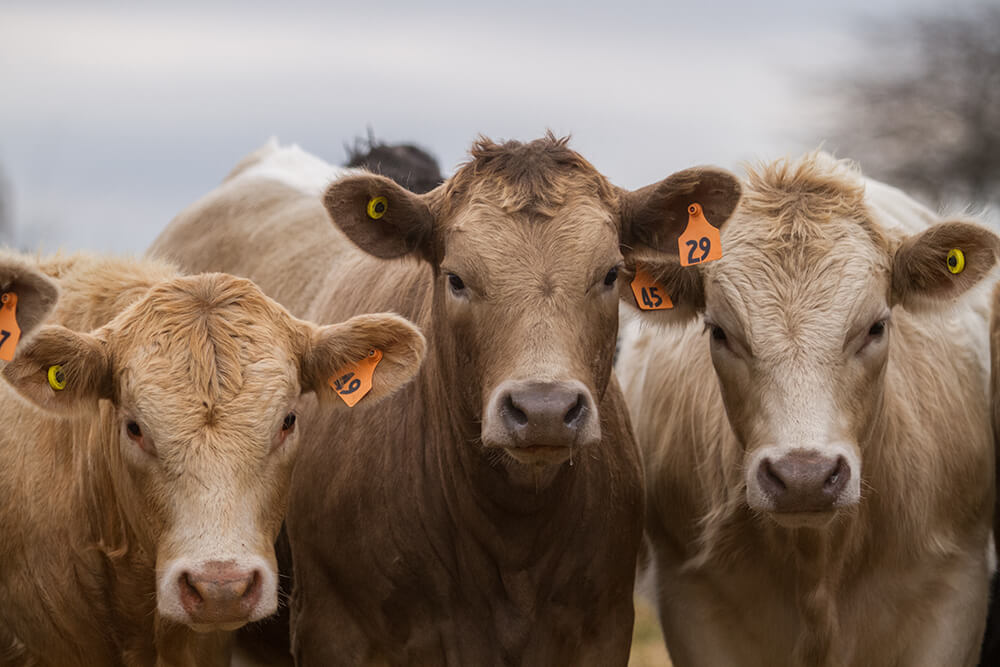
Breed complementarity
Breed complementarity occurs when crossing two breeds that build off each other’s characteristics, also called additive genetic effect. A strong characteristic in one breed, such as high marbling (Angus), compensates for lower marbling in another breed (Brahman or Charolais). The converse is true. Brahman and Charolais breeds typically have better yield grades (lower numerical value) than Angus (higher numerical value).
Heterosis affects lowly heritable traits most
Heterosis has the greatest ability to influence the offspring for those traits that are lowly heritable, such as reproduction (fertility) and health status (immunity). For the average producer who owns less than 100 head in the United States, it may be best to identify a seedstock source that is already producing the desired type of female, since larger numbers of cows are essential to develop an effective cross-breeding program.
Maternal heterosis
Maternal heterosis, also called hybrid vigor, improves traits directly associated with the cow, such as fertility, calf weaning rates, calf weaning weights, longevity or stayability in the herd. When analyzed together, the results are in the cow’s greater lifetime productivity in the form of more pounds of weaned calf per cow and more years of service. Cow-breeding programs that are examples of maternal heterosis are the traditional black baldy or red baldy cow (Angus or Red Angus x Hereford), Ultrablack (Angus x Brangus), Super Baldy (black or red baldy x Brahman-influenced breed, or Hereford bred to F1 Brahman x Angus), F1 tigerstripe, Beefmaster, Santa Gertrudis, Santa Cruz and other composite breeds.

Individual heterosis
Individual hybrid vigor comprises those traits that affect the individual calf. Terminal calf programs capitalize on individual heterosis by breeding a bull of an unrelated breed to an intentionally cross-bred cow, such as one of the types listed above. The traits that are most affected though individual heterosis are weaning weight, average daily gain (ADG), yearling weight, days on feed and survival to weaning.

5. She does not have excessive milking ability.
In recent years, most breeds have seen an increase in Milk EPDs (expected progeny differences). Several breeds have cows with milking abilities that surpass the pasture’s ability to supply the nutrients to support such high lactation potential. Moderation or optimization should be the goal in this instance. Know the milking ability and EPD averages for the breed(s) you are using, and adjust accordingly. Heavy-milking cows can also be higher-maintenance cows. These high-maintenance cows can have a difficult time recovering body condition score, which can then potentially increase dystocia in the next calving season and reduce rebreeding for the subsequent calf. Likewise, cows with higher maintenance requirements will have to eat more to support themselves, thus reducing total available forage more than predicted.
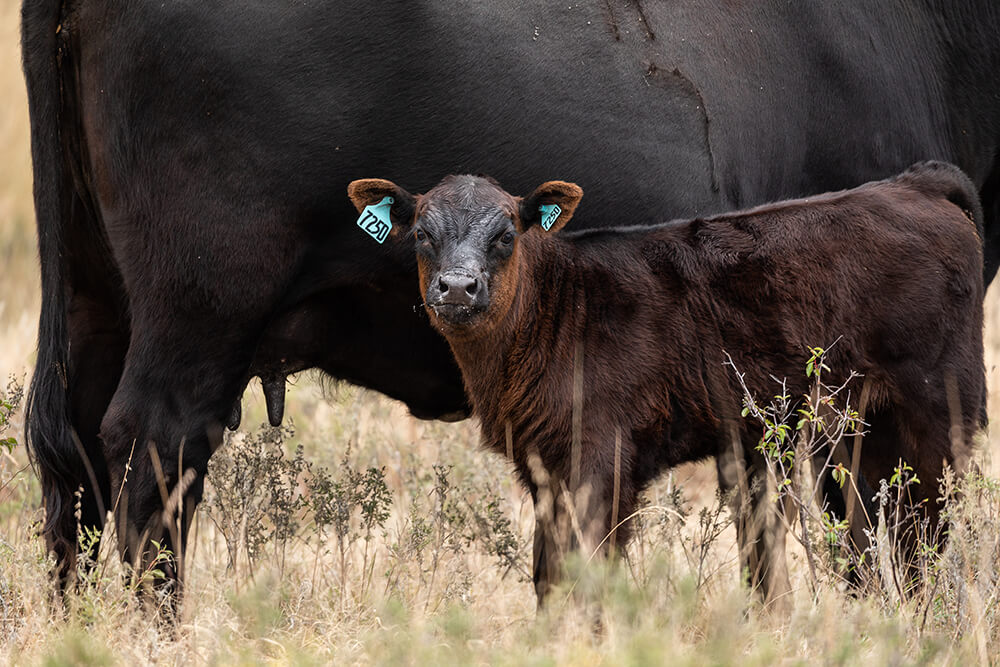
6. She is healthy and raises a healthy calf.
I once asked an order buyer what are the three top traits that he looks for in a calf, and he replied, “Health, health, health!” Sick calves seldom make anybody any money, and dead calves surely won’t. Health starts while the calf is gestating in the form of fetal programming. Proper nutrition of the cow can set the calf up for success. Likewise, producers should select new females from replacement programs that have demonstrated that their cattle are healthier, environmentally adapted and hardier.
Goal for Ranchers
A “regenerative cow” should be the goal of every livestock producer in the industry. She will get rebred early every year, stay in the herd longer than expected, consume less forage than expected and raise a healthy, bigger calf than the average cow. Regardless of what she is called, she will be profitable for the owner, and her calves will be profitable for all segments of the industry. Selecting and managing “regenerative cows” will help increase the viability of the industry for future generations of cattle producers to come.
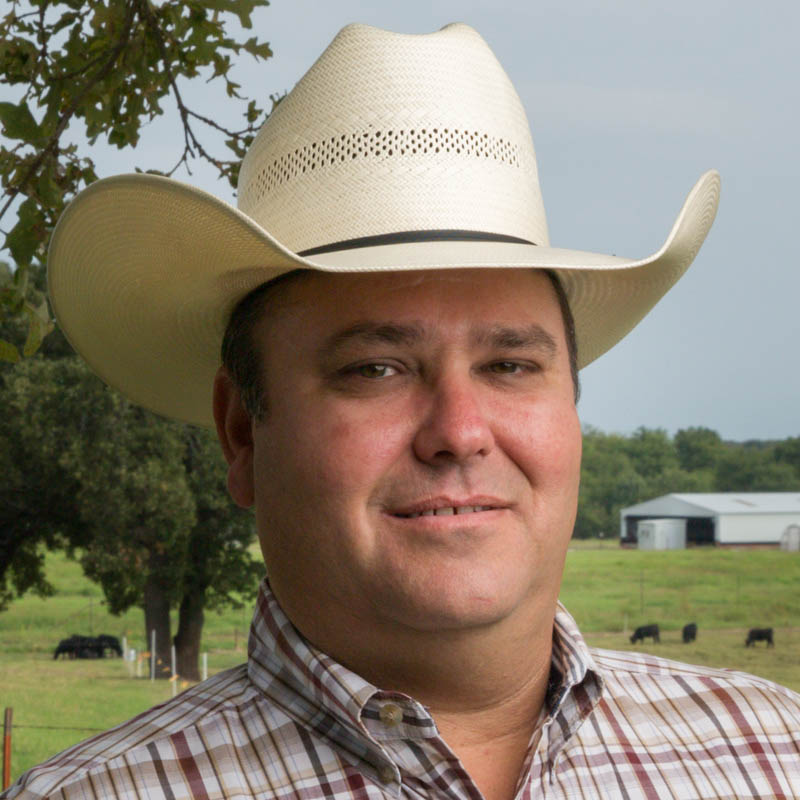


Comment